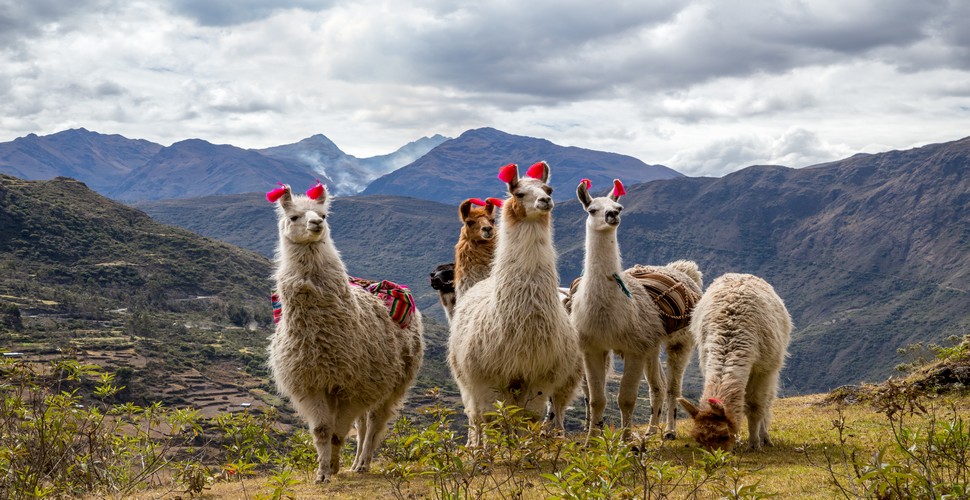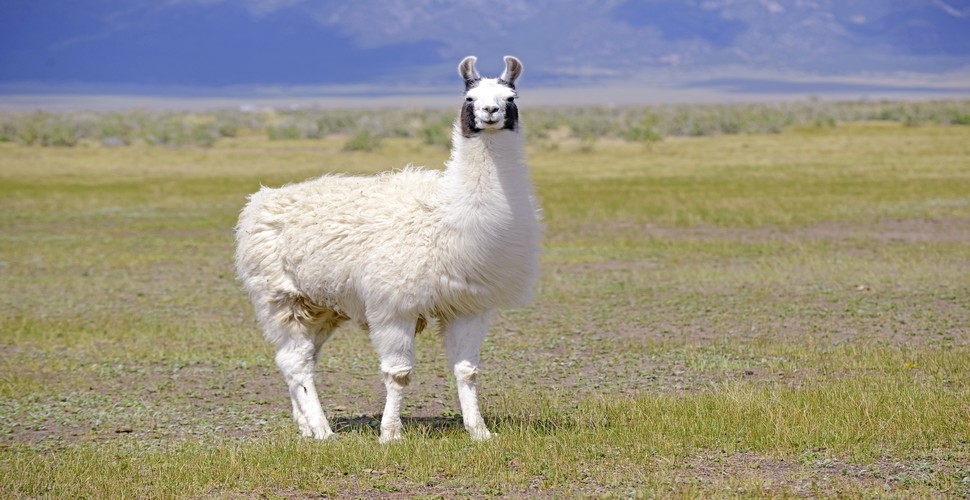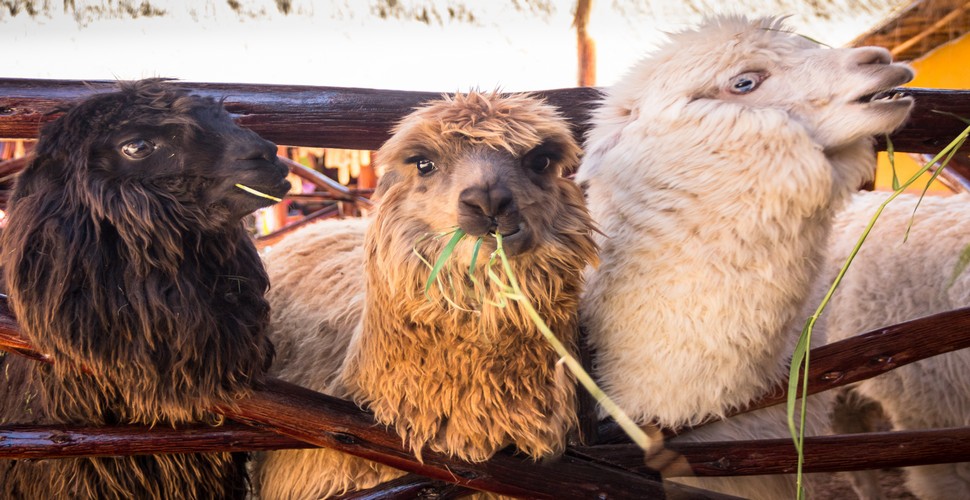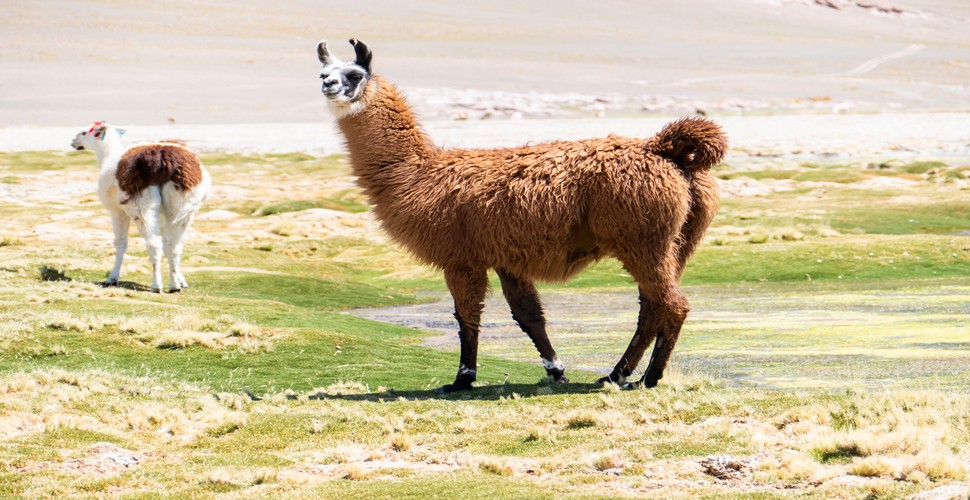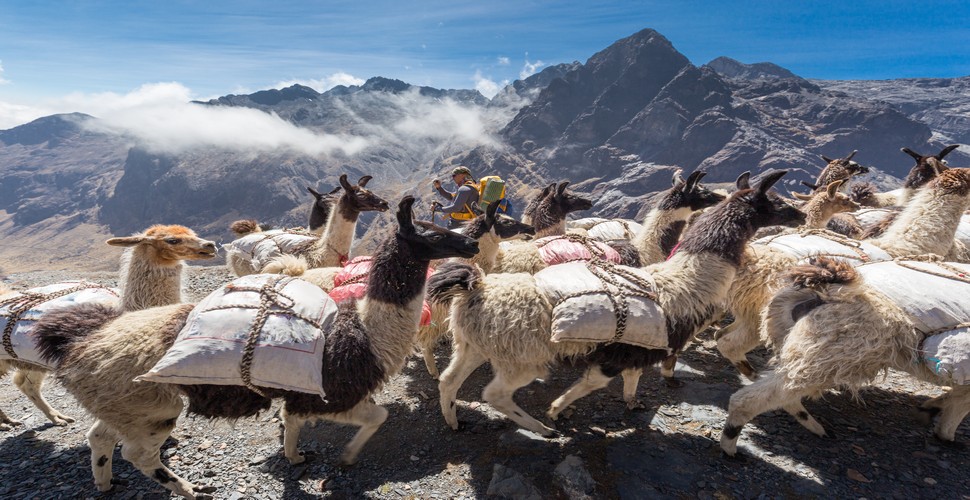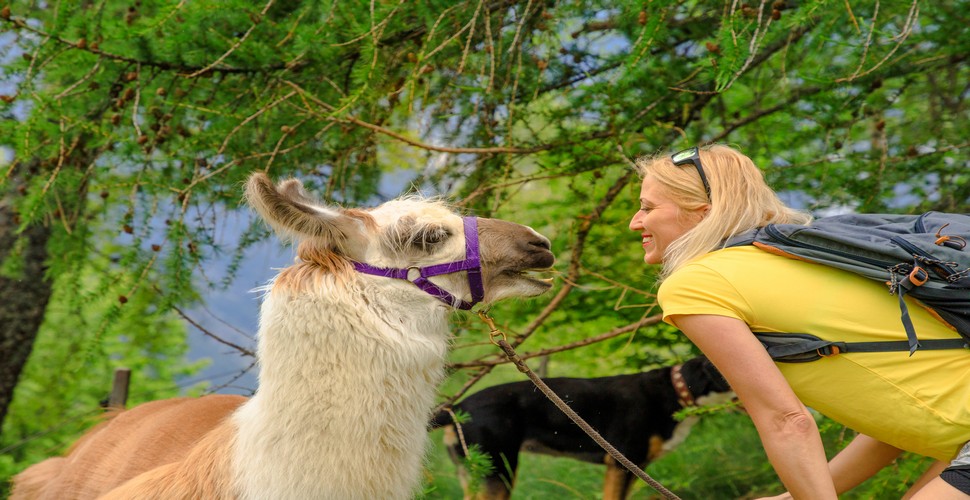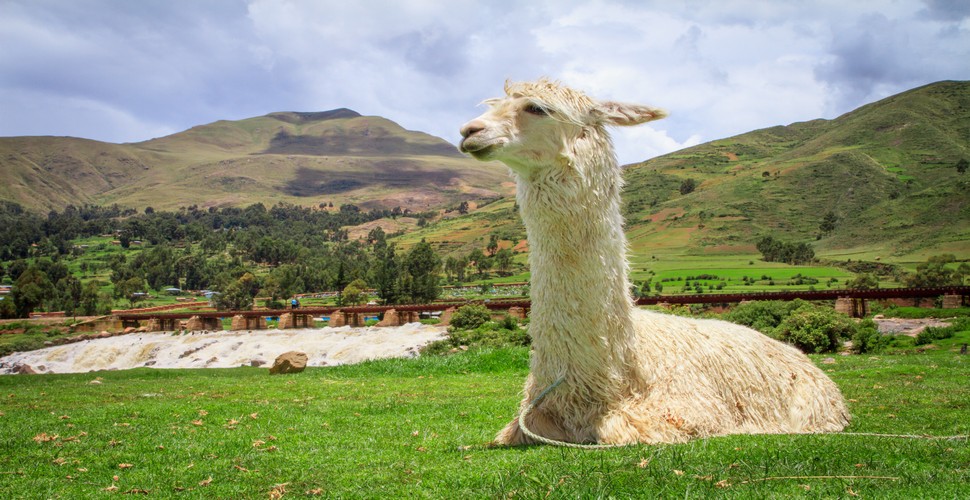
Llama Trekking in The Sacred Valley
Written by:Valencia Travel
Last Update: 2025-02-21
Llamas are gentle, inquisitive animals that will make a walk in the Peruvian countryside into something unique, calming and unforgettable. Walking at a comfortable pace to take in the magnificent scenery. You can’t actually ride llamas but these lovely pack animals will willingly carry your daypack whilst you enjoy the beautiful Andes. What better way to get away from it all than by leading a gentle llama along the trails? A perfect way to de-stress! Experience a llama trek adventure in Peru, discovering the ancestral culture and nature, passing through thousands of hectares of open space without fences where boundaries are lost in the horizon. Hiking with llamas will be a fun and enjoyable experience. Whether you travel alone or in a group of friends or family.
Llamas In The Sacred Valley
Llama Trekking and Eco-Tourism
Llama trekking is fast becoming a favorite activity among eco-tourists because it is returning to a more natural form of travel assistance for carrying supplies. Throughout the ages, several cultures, including The Incas, have utilized llamas for long travels due to their padded feet. This gives llamas a unique advantage over hooved animals on steep, rocky paths. Horse and mule hooves can tear up the ground as they walk, disturbing the natural environment. Additionally, they have wider bodies that can disturb plant foliage which is not true for llamas.
Think of llamas as an extension of your backpack. They are strong like the more common pack animals, and they can carry up to 25% of their weight with no added stress. This means that packing for a longer trip will be no problem for the animals, and helps their human companions immensely. They have actually been bred throughout the thousands of years in Peru and humans have used them to serve this specific purpose.
Llama Pose
They Are Gentle Giants
They are gentle giants that can grow to be as tall as six feet! They weigh anywhere from 100 to 180 kilos and a llama can comfortably carry up to 35 kilos. If you get a little overzealous in packing, the llama will lie down, and refuse to move until you lighten the burden. Their poop has no odor, so you won’t experience any unpleasant smells on your trek, or if you accidentally step in a “llama bean.”
Llama Family
They Have Excellent Endurance And Their Stomachs
Another wonderful thing about llama trekking is they have excellent endurance and their stomachs are specially evolved to handle poor-quality food, meaning they are very versatile and low-maintenance. But, perhaps the best thing about going on a hike with a llama in Peru, is they have a naturally gentle nature. The term “stubborn as a mule” exists for a reason! Mules and horses can be headstrong, and that can lead to problems while hiking, perhaps even leading to dangerous scenarios.
Brown Llama
Llamas Are Smart
Llamas are smart, remain alert, sociable and very curious. By taking them on your adventures, you’re actually doing them a big service! They love to explore, nibbling on grass during rests, and get excited like a dog when you start moving again to explore some more. So, it is a win-win for both humans and llamas.
The llama is a member of the camelid family. It was first bred by ancient people in the Peruvian Andes with the purpose of carrying loads. Llamas in Peru have specific attributes that make them gentler on the environment than mules and horses. Apart from that, their use is beneficial for local communities traditionally dedicated to its breeding.
Pack Llamas
Positives of Trekking with llamas
Llamas are easier on foliage. Mules and horses cut grasses and plants close to the ground when grazing, while llamas and other camelids gently nibble the leaves.
Llamas (as well as other camelids) have soft padded feet that cause less soil erosion than mules and horse’s hooves.
Llamas’ digestive acids sterilize weed seeds, which means less potential contamination with non-native plants.
It is a way of recovering the use and breeding of llamas as pack animals, a traditional practice in the Peruvian Andes. This gives the opportunity to locals in rural areas to maintain their costumes while earning incomes.
Llama Love
You will have the opportunity to share this unique and authentic ancestral experience, accompanied by traditional Andean instruments and meditation using traditional Inca whistles, used in meditation ceremonies in the community. Immerse yourself in the Andean culture that is still alive today in Peru.
 Aventure
Aventure
 Cultural
Cultural
 Gastronomy
Gastronomy
 Wellness
Wellness
 Local Living
Local Living
 Luxury
Luxury
